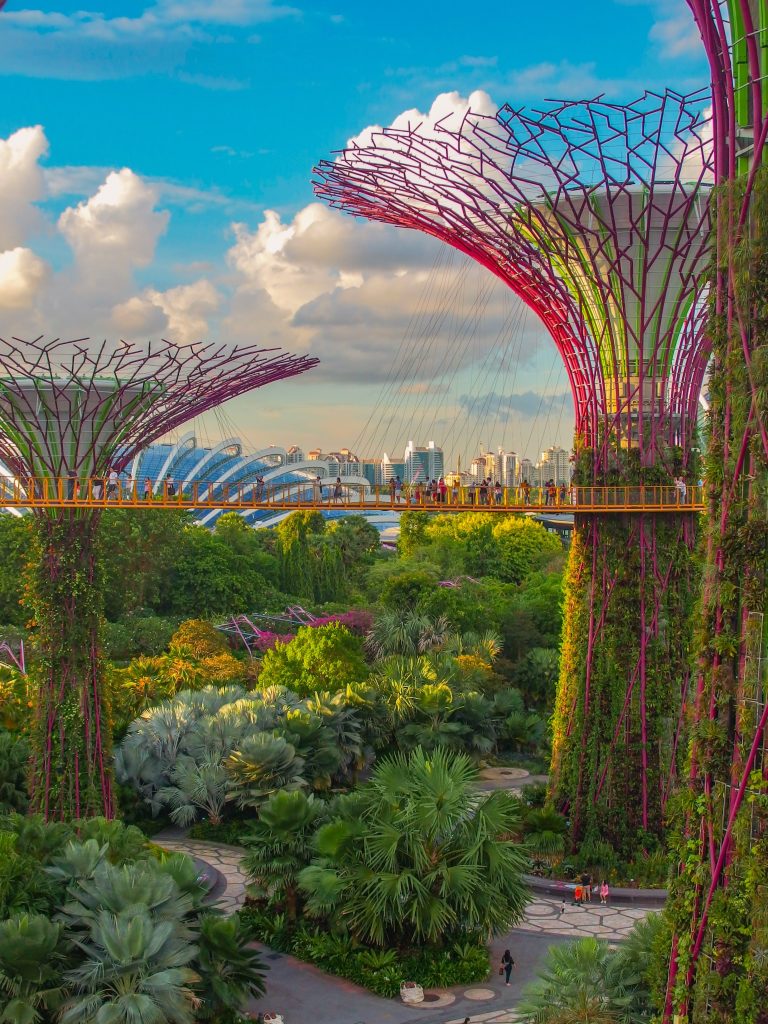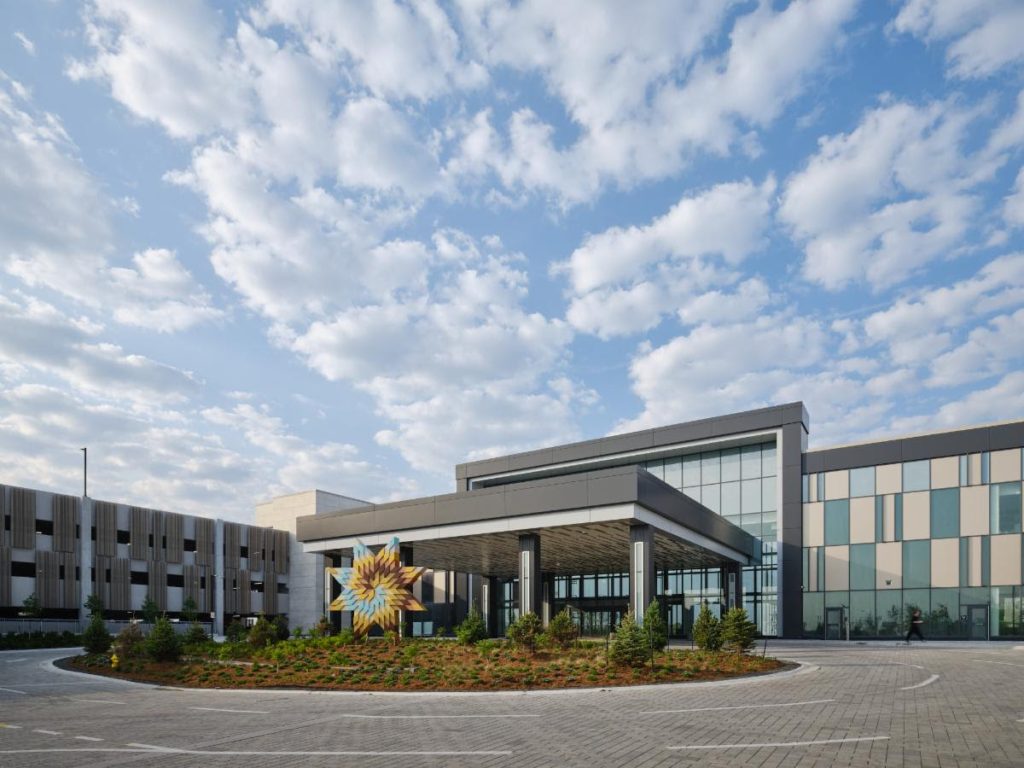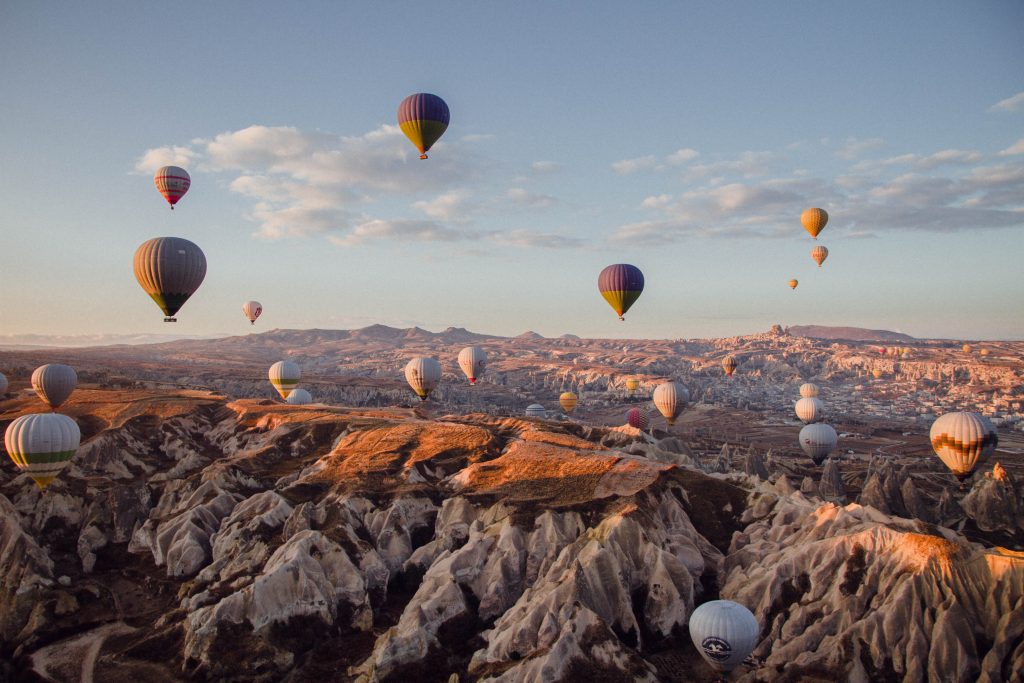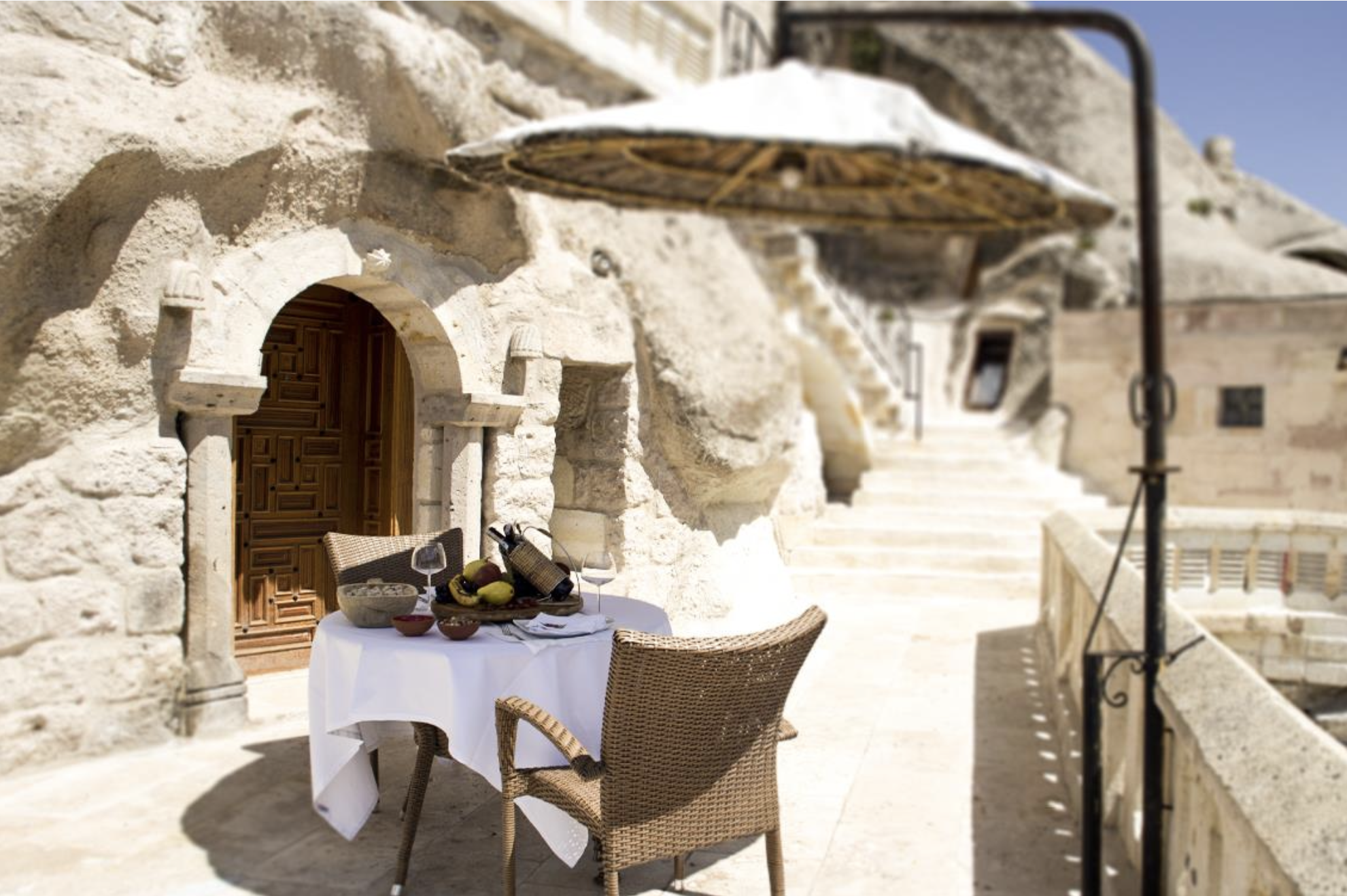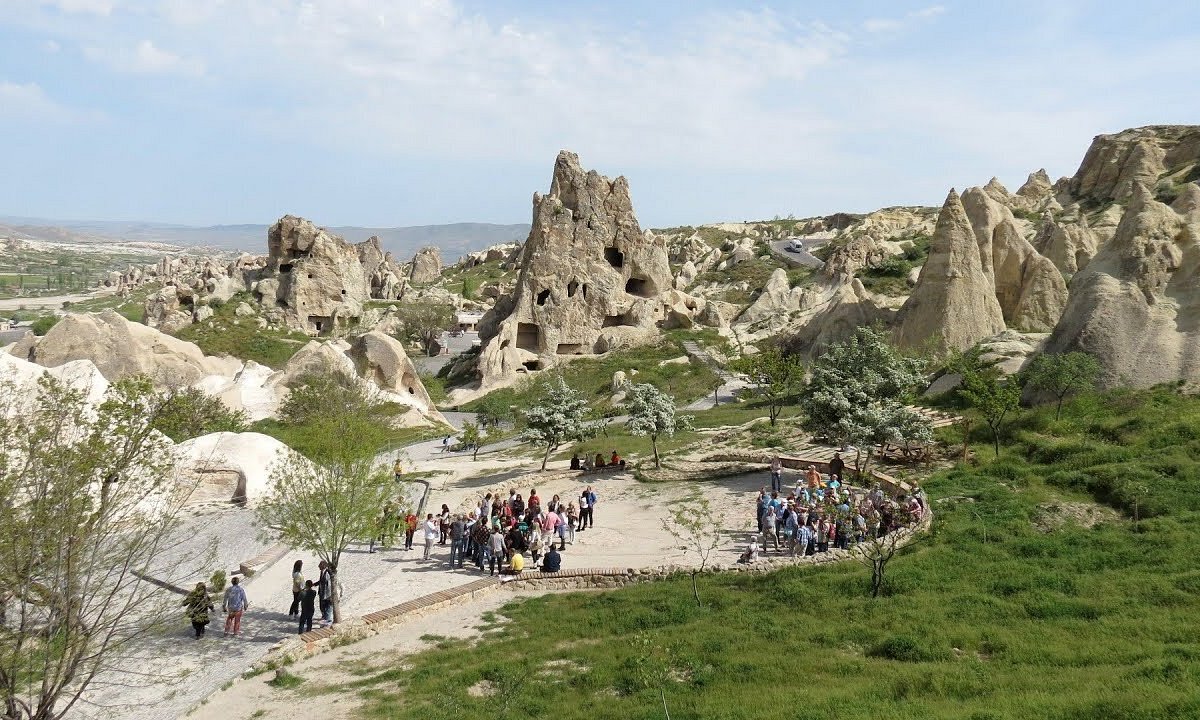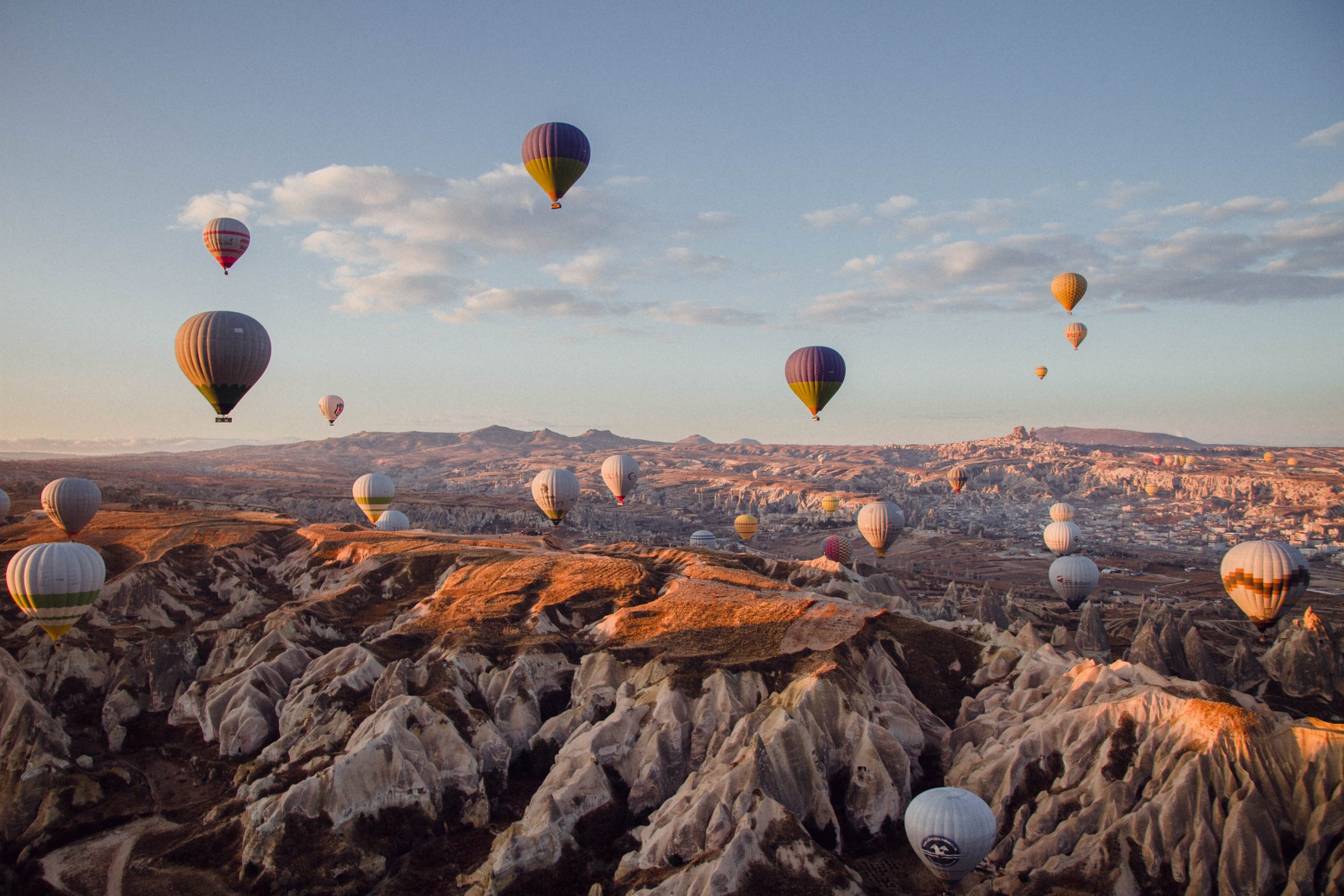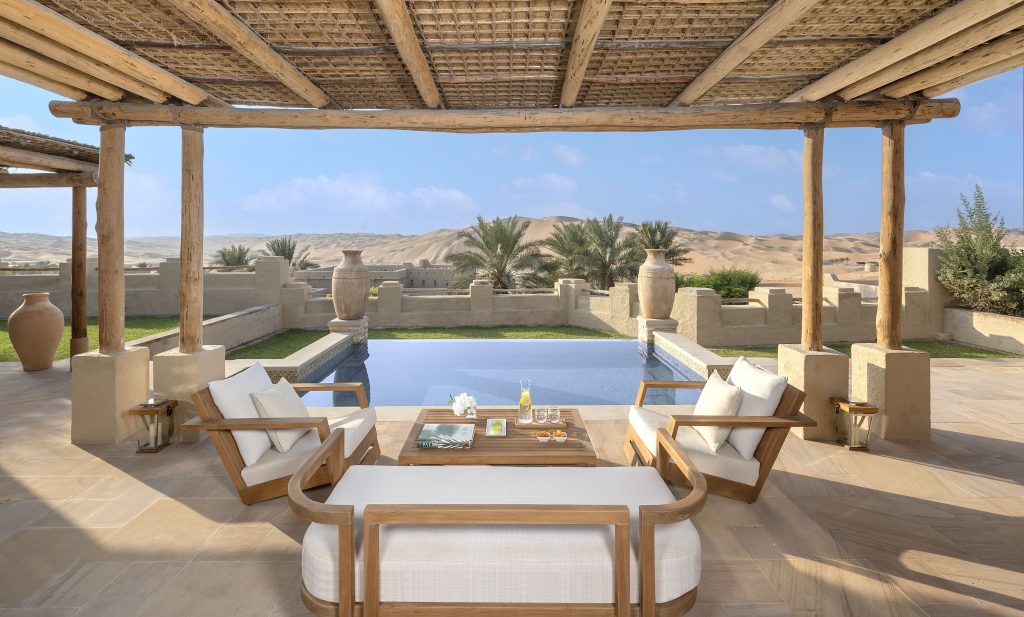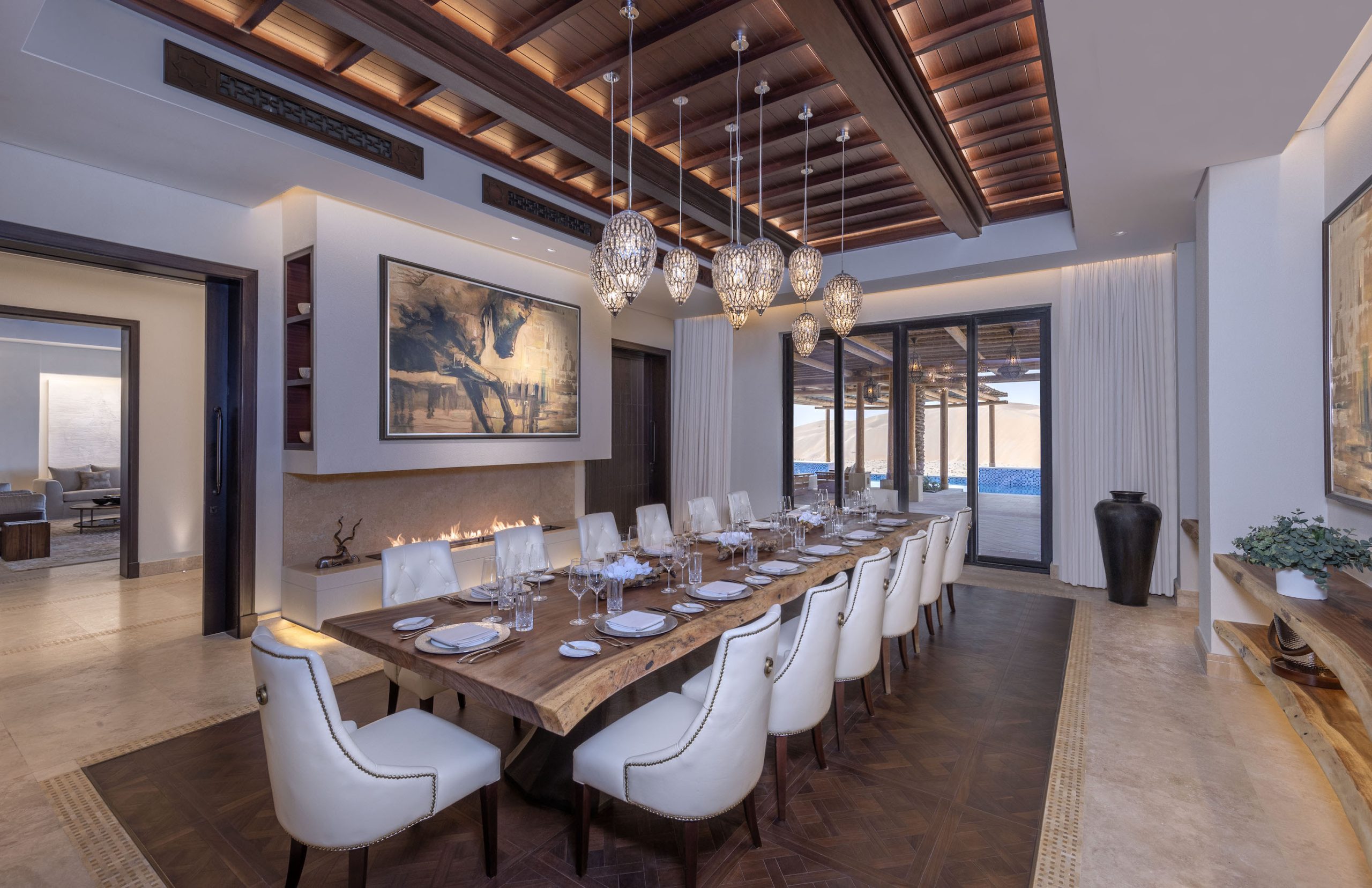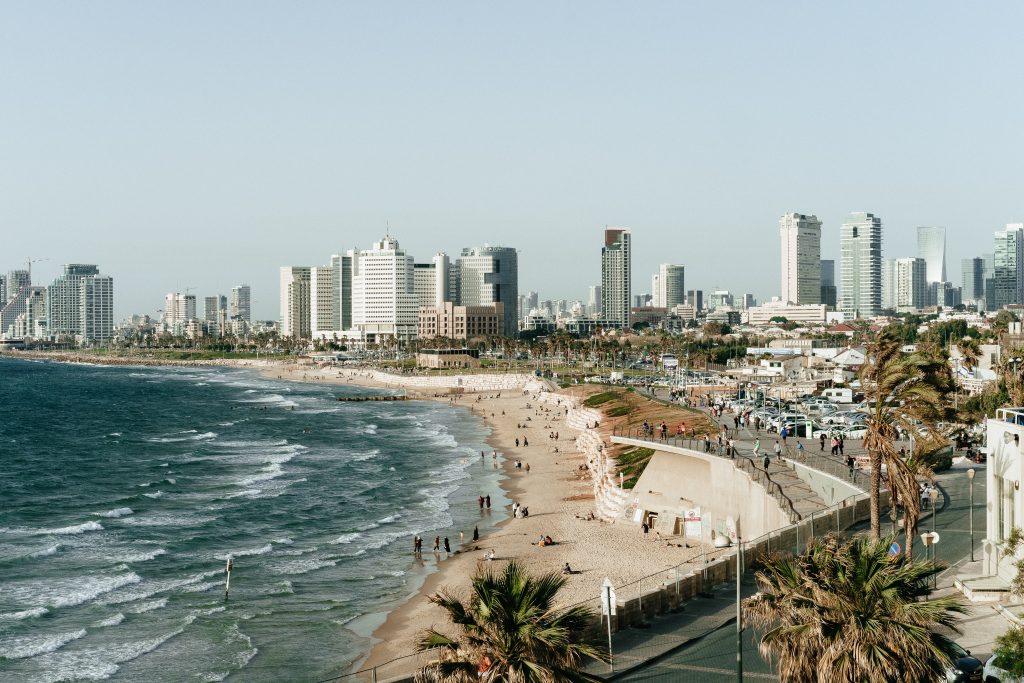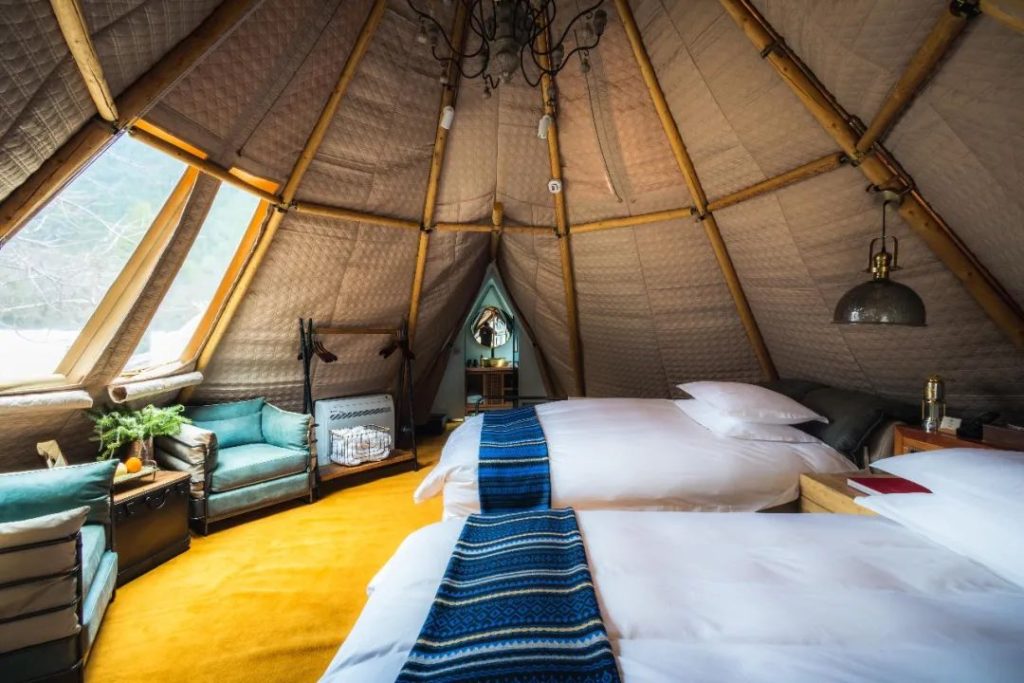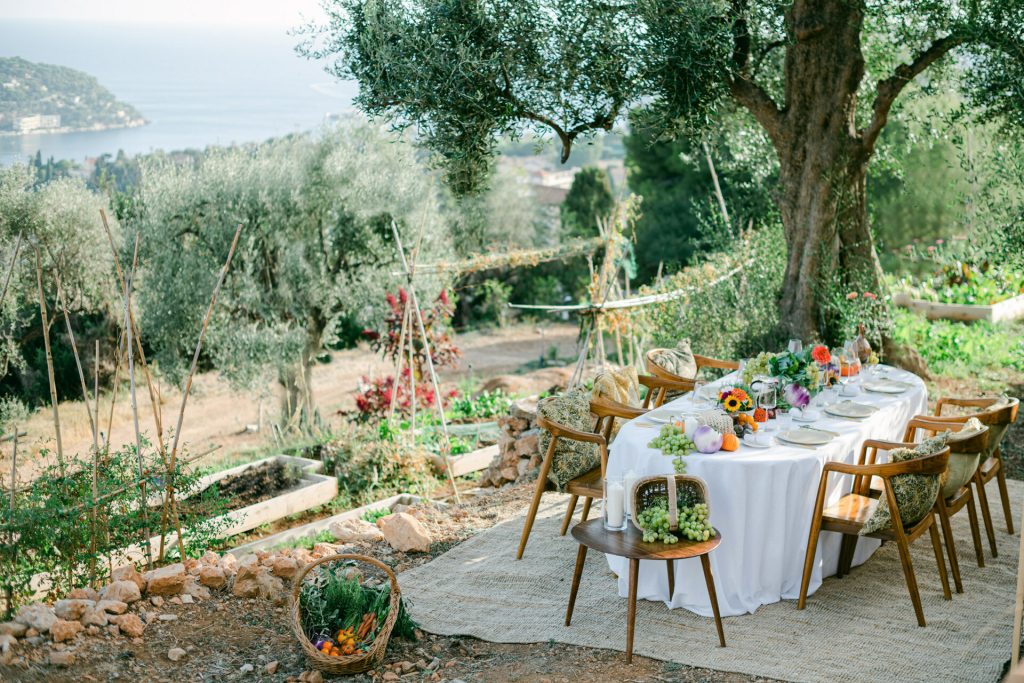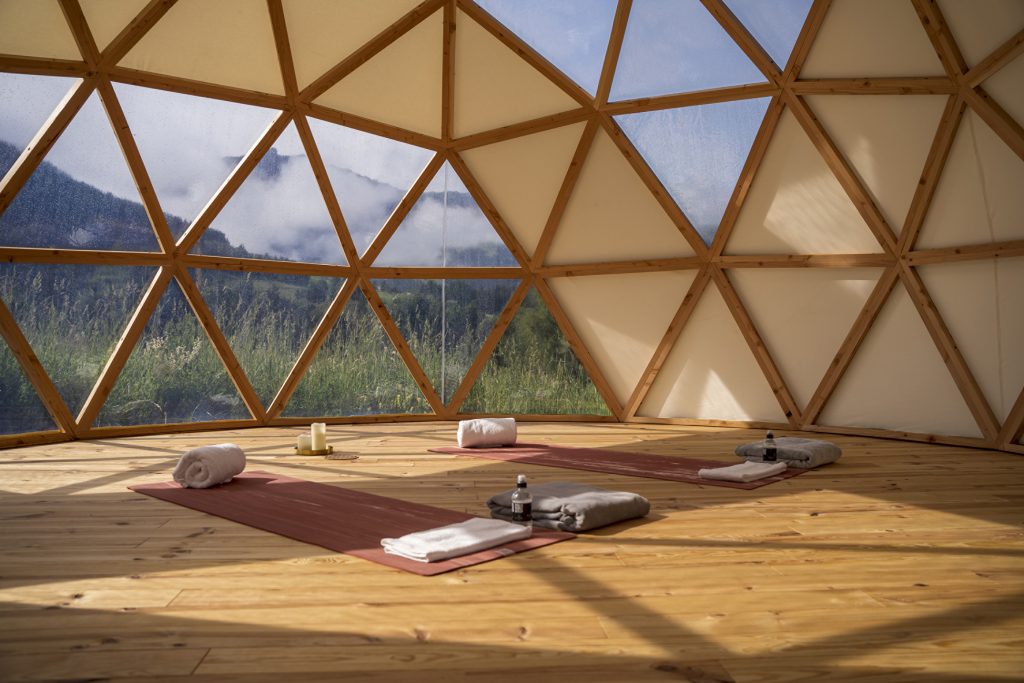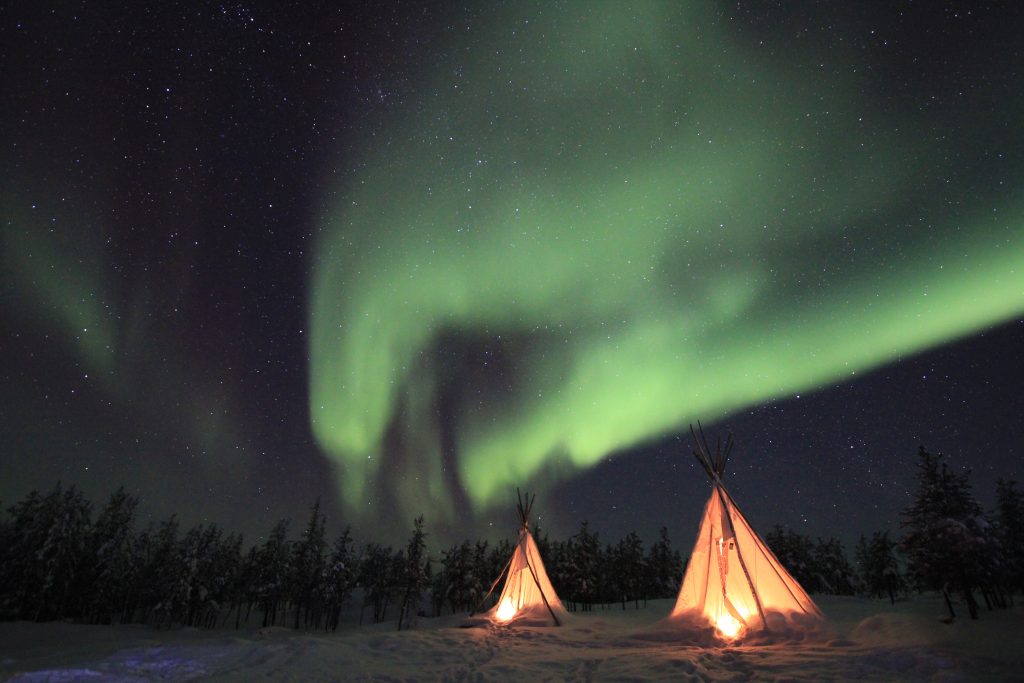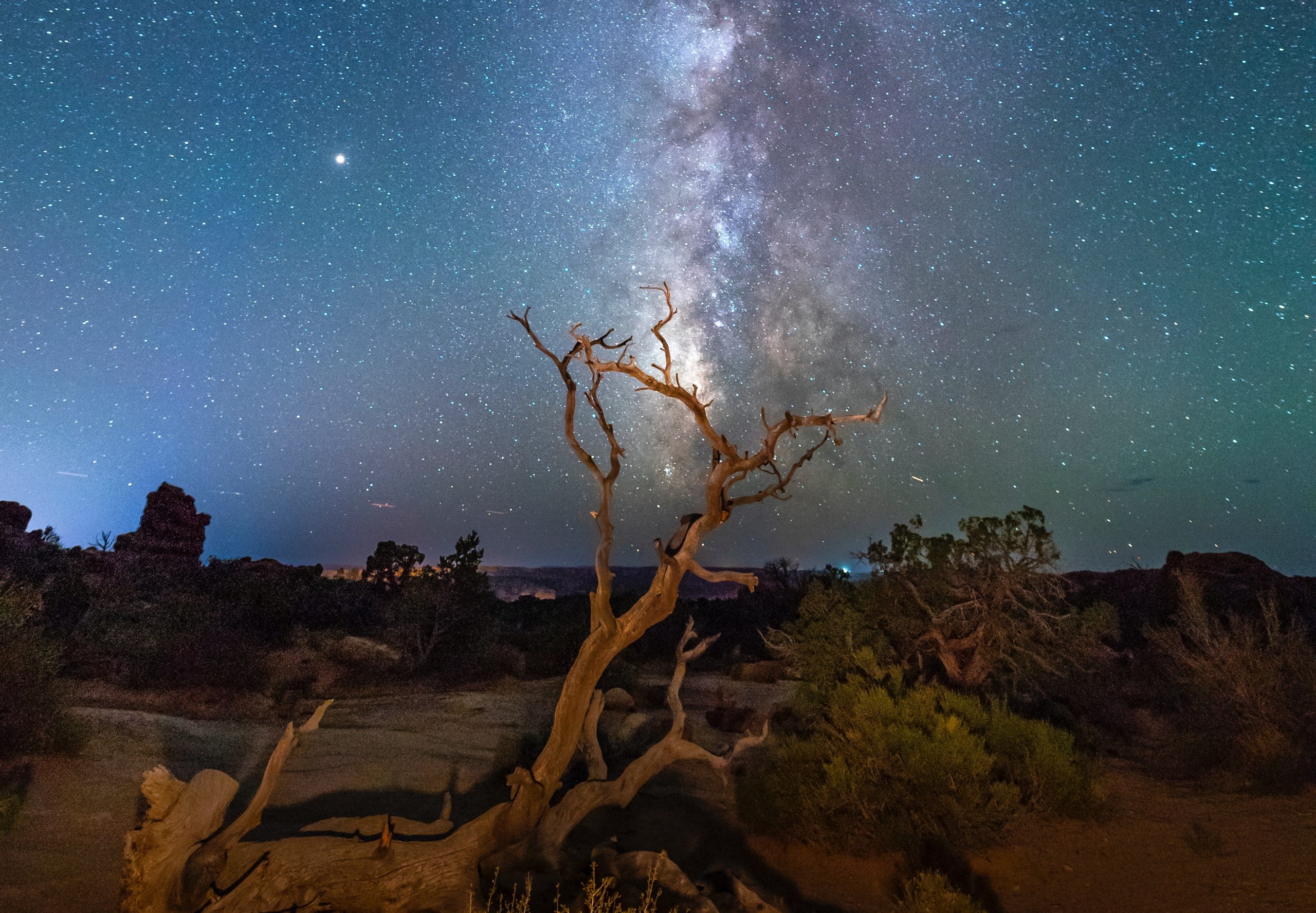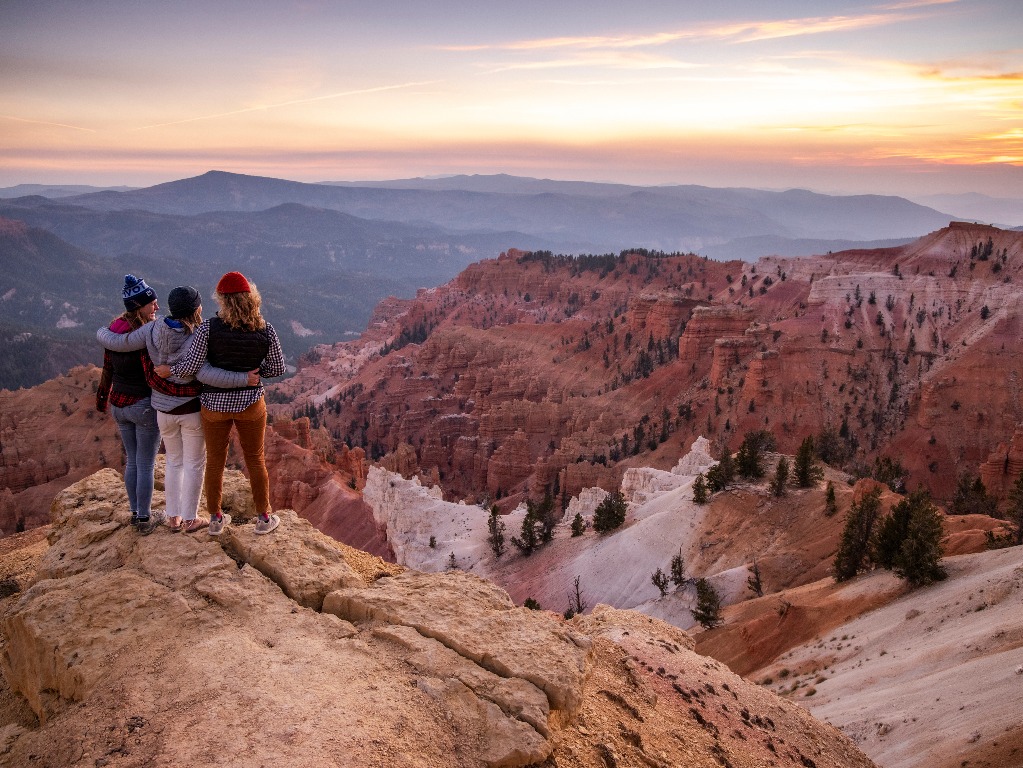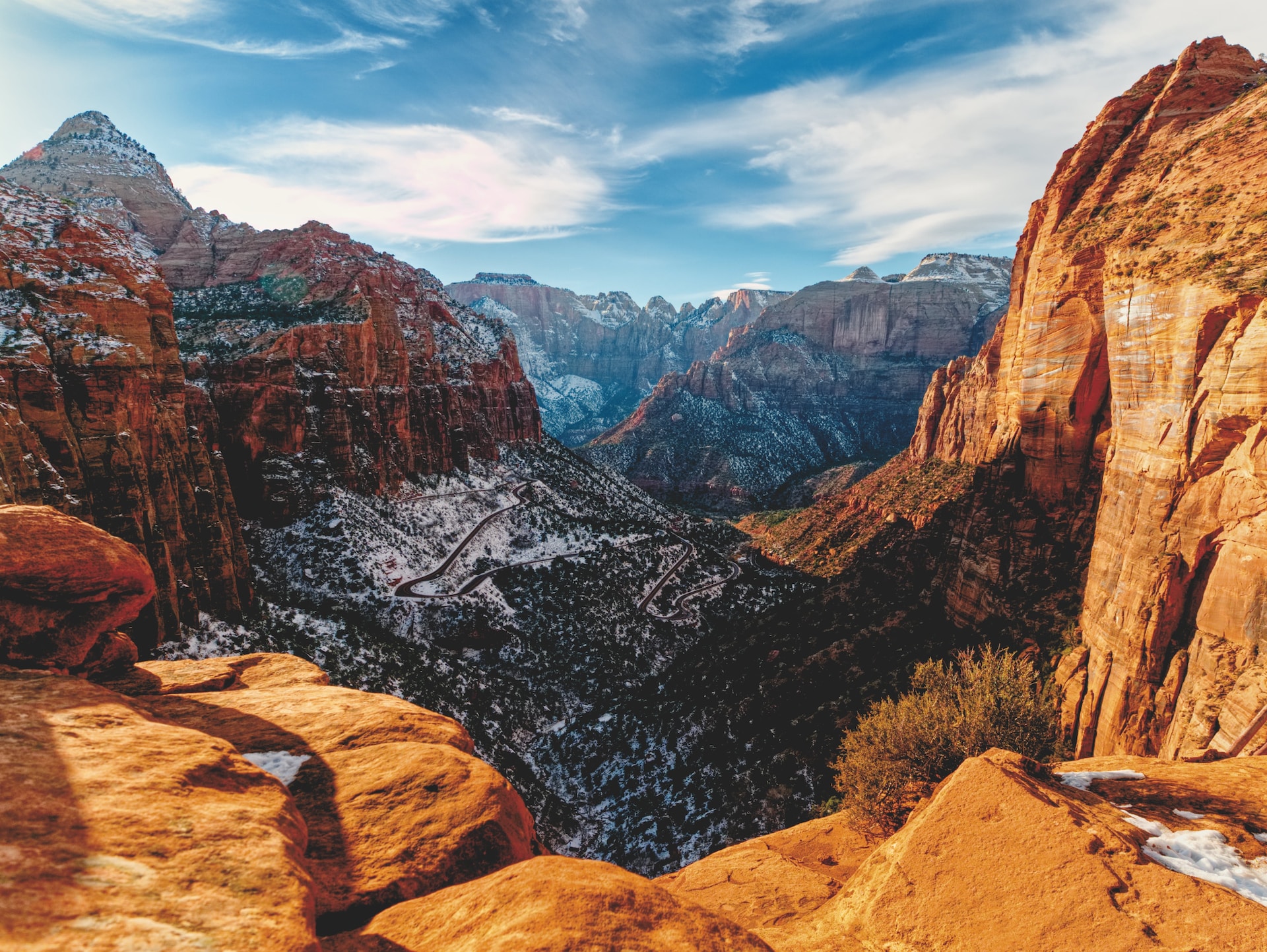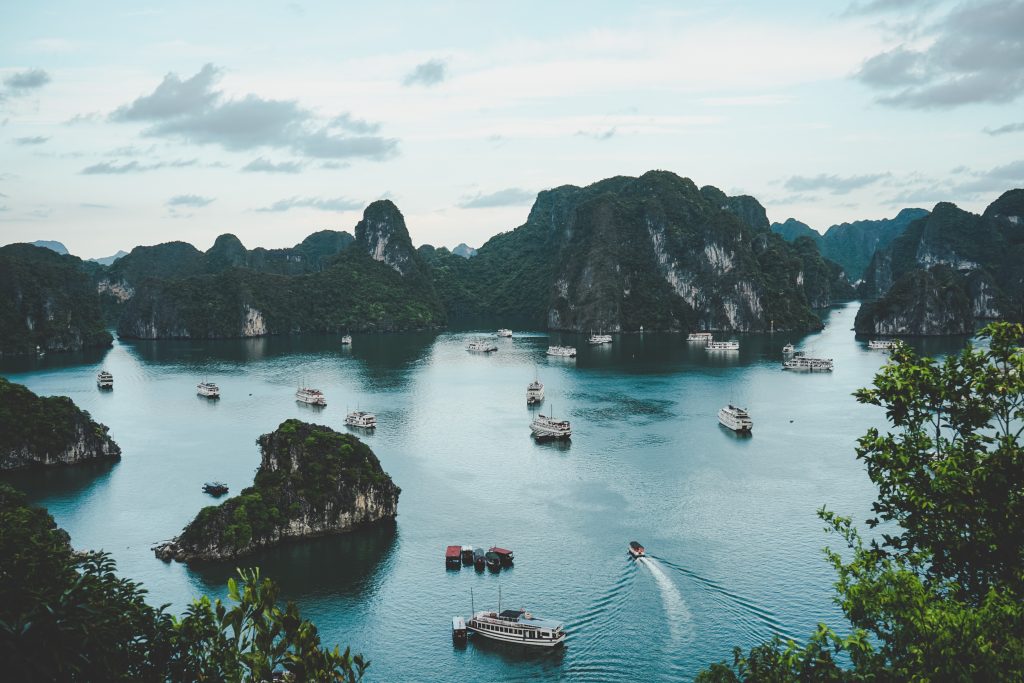
Cruise line adds 10 new Asian countries for 2024-2025 sailings
Holland America Line’s 2024-2025 Asia season includes departures from Hong Kong, China; Yokohama (Tokyo), Japan; and Singapore to some of the most exciting cities across 10 countries, with a strong focus on Japan.
Noordam will sail a series of nine different 14-day itineraries that travel around Cambodia, Indonesia, Japan, the Philippines, South Korea, Taiwan, Thailand and Vietnam. The cruises showcase the diversity of the countries while celebrating their unique histories.
Late departures and overnight ports allow extra time for sampling the nightlife, cuisine and culture of the region.
Westerdam also heads to Asia on a new 53-day “Majestic Japan” Legendary Voyage roundtrip from Seattle. Travelers can visit the Far East with a convenient North American flight, easy embarkation and jetlag-free journey spanning several time zones.
Longer voyages
- LEGENDARY VOYAGE: New 53- or 52-Day “Majestic Japan” aboard Westerdam departing Sept. 1 or 2, 2024, either roundtrip Seattle, Washington, or between Vancouver, Canada, and Seattle. Featuring 21 total ports, 13 calls throughout Japan and overnights at Yokohama (Tokyo) and Kobe, Japan, and Honolulu, Hawaii.
- LEGENDARY VOYAGE: New 28-Day “Coral Triangle, Volcanoes and The Great Barrier Reef” departing Jan. 5, 2025, roundtrip from Singapore aboard Noordam that explores 10 ports in five countries, including Indonesia and the Philippines, with scenic cruising in the famed Great Barrier Reef, Torres Strait, and past the Kumba and Krakatau volcanoes.
Highlights of the 2024-2025 Asia season
- Noordam explores Asia from September 2024 through April 2025.
- Overnight calls include Yokohama (Tokyo) and Kobe (Osaka); Laem Chabang (Bangkok), Thailand; and Da Nang, Vietnam.
- The cruises visit a combined 49 ports in the region, including 24 in Japan.
- “North Pacific Crossing” between Vancouver and Yokohama:
- 13 days, departing Sept. 29, 2024, Vancouver to Yokohama, including calls at Sitka and Kodiak, Alaska, and Kushiro, Japan.
- 15 days, departing April 27, 2025, Yokohama to Vancouver, including Kushiro, and Alaska’s Kodiak, Juneau, Ketchikan and Glacier Bay.
- “Circle Japan” — 14 days, roundtrip from Yokohama. Three itineraries:
- Osaka (Kobe), Kochi, Fukuoka, Sakaiminato, Niigata, Aomori, Otaru (Sapporo) and Hakodate, all in Japan, as well as Sokcho, South Korea.
- Kochi, Kagoshima, Nagasaki, Kanazawa, Niigate, Otaru, Aomori and Hakodate, all in Japan, as well as Busan(Pusan), South Korea.
- Shimizu, Kobe, Kochi, Hiroshima, Sakaiminato, Tsuruga, Toyama, Akita, Hakodate and Miyako, all in Japan; as well as Sokcho.
- “Japan, Taiwan and the Philippines” — 14 days, between Yokohama and Singapore. Calls at Osaka (overnight), Nahaand Ishigaki, Japan; Keelung (Taipei) and Kaohsiung, Taiwan; and Manila, Boracay and Puerto Princesa, Philippines.
- “Far East Discovery” — 14 days, between Hong Kong and Singapore. Calls at Halong Bay, Da Nang (Hue), Nha Trangand Phu My, Vietnam; Sihanoukville, Cambodia; and Laem Chabang (Bangkok, overnight) and Nathon (Koh Samui), Thailand.
- “Far East Discovery Holiday” — 14 days, roundtrip from Singapore. Thailand: Nathon (Koh Samui) and Laem Chabang (Bangkok, overnight). Vietnam: Ho Chi Minh City, Nha Trang, Phu My, Halong Bay and Da Nang (overnight).
- “Indonesian Discovery” — 14 days, roundtrip from Singapore. All calls are in Indonesia and include Probolinggo and Semarang, Java; Celukan Bawang and Benoa (Denpasar), Bali; Komodo Island; Lembar, Lombok; and Tanjung Priok, Jakarta. Scenic cruising by the active Krakatau Volcano.
- “Japan and Taiwan” — 14 days, roundtrip from Yokohama. Japan: Amami (Naze), Naha, Ishigaki Island, Nagasaki, Abruatsu, Kochi and Kobe. Taiwan: Hualien and Keelung (Taipei).
- “Japan and South Korea Discovery” — 14 days, roundtrip from Yokohama. Japan: Kobe (overnight), Kochi, Hiroshima, Nagasaki and Kagoshima. South Korea: Sokocho, Busan, Jeju City (Cheju) and Incheon (Seoul).

